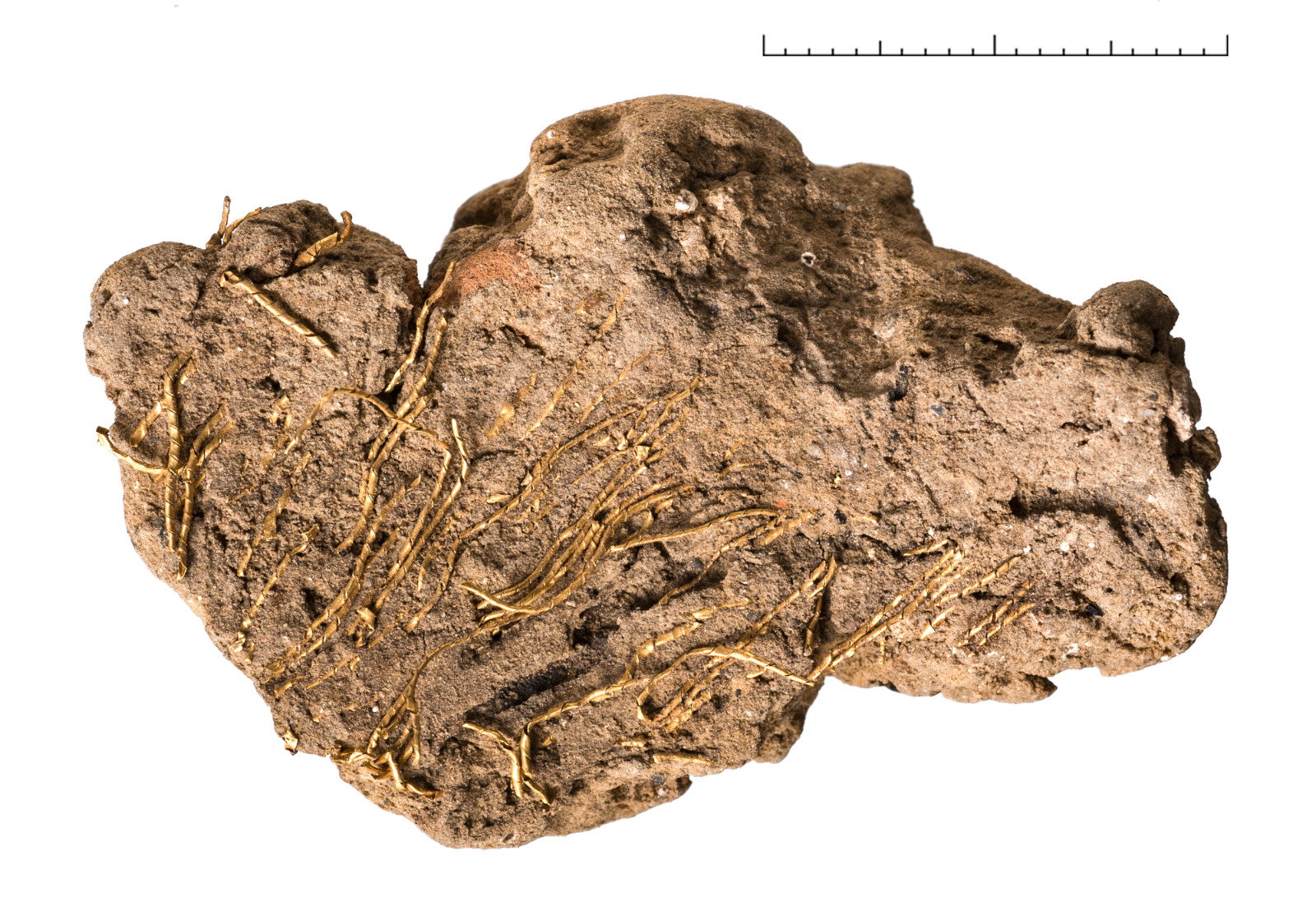Olga Magoula-Bamford, Research Associate, Department of Archaeology, University of York
Volga to Vinland: Early medieval dress & textiles 9 November, 2024
Gold foil threads and braids have been found in early medieval archaeological contexts with a wide geographical distribution and various foci such as Northern Gaul and the Netherlands, the lower and middle Rhine valley and Northern Italy. Dr. Magoula-Bamford reports the results of a new database on gold-foil headwear and accompanying textiles in contemporary contexts, identifying a new typology of varieties of gold foil, braids and threads.
The comparative analysis of the remains of gold-foil headwear and gold thread decoration on the related remains has shown very interesting local distributions. In some localities it is possible to define local tastes and perhaps costume. For example, most Anglo-Saxon braid is flat strip, while spun gold varieties are more common in Merovingian contexts.
This presentation will touch on issues such as the complex processes of cultural interaction and trade. The particular history of these interactions in each locality and these will be discussed in the light of contemporary artefactual and textile analysis.

